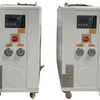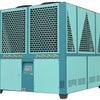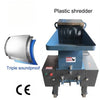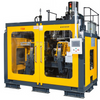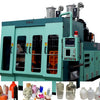Plastic Auxiliary Shredding Machines: Innovations, Applications, and Sustainable Future in Circular Economy
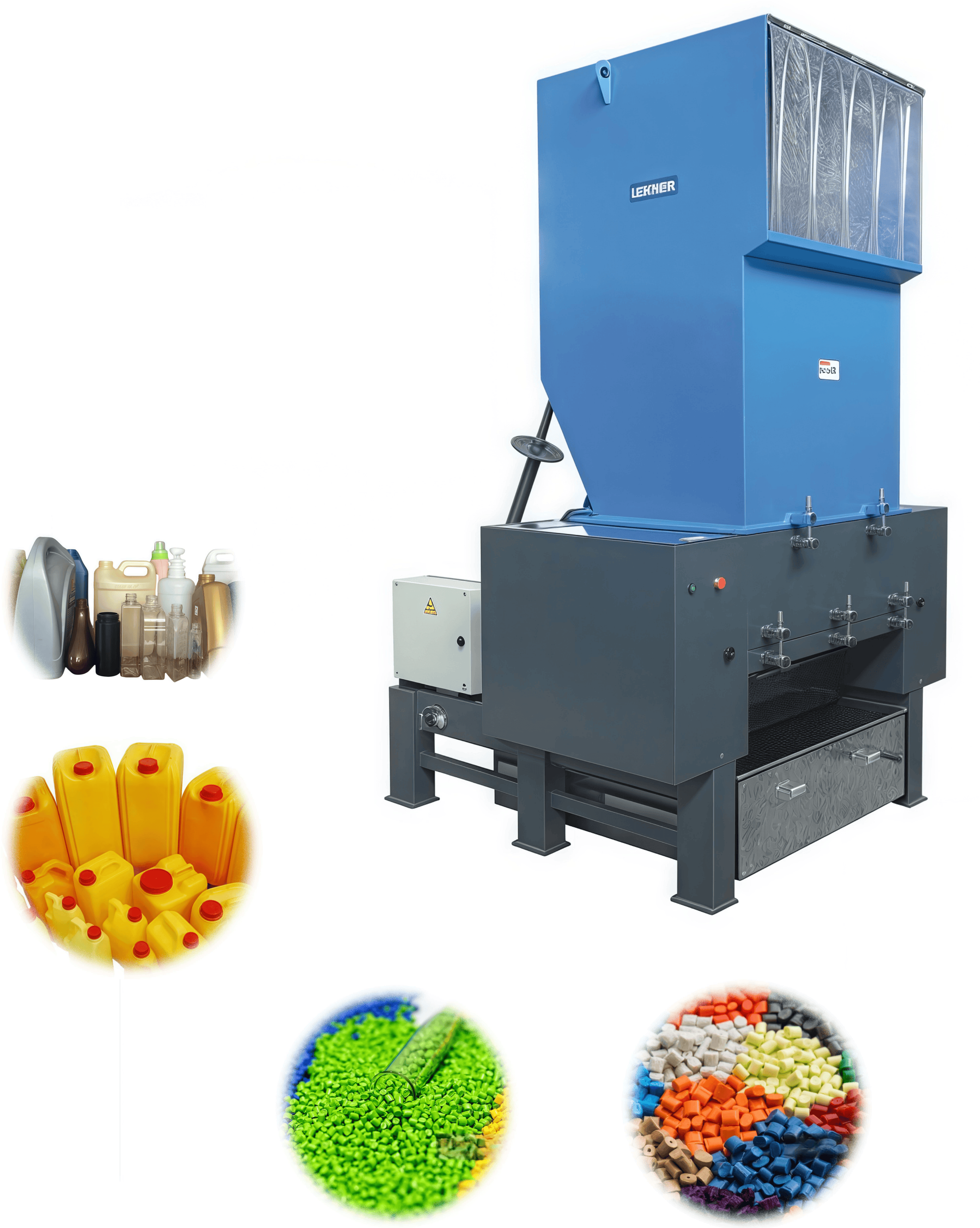
1. Introduction
The global plastic waste crisis—exacerbated by annual production exceeding 400 million tons—has intensified demand for efficient recycling technologies. Plastic auxiliary shredding machines, as critical nodes in closed-loop manufacturing, bridge the gap between waste valorization and resource recovery. Their role extends beyond mere size reduction; they enable precise particle engineering, energy savings (up to 30% via variable-speed drives), and compliance with stringent regulations like the EU’s Circular Economy Action Plan. This paper synthesizes technical breakthroughs, market dynamics, and strategic innovations in the field, positioning shredding technology at the forefront of sustainable industrial transformation.
2. Technical Principles and Design Innovations
2.1 Core Components and Mechanisms
-
Cutting Systems:
- Dual-Shaft vs. Single-Shaft Designs: Dual-shaft systems (e.g., JHL series) excel in handling heterogeneous materials (films, bottles, pipes) with interlocking blade geometries, achieving 98% throughput efficiency.
- Blade Materials: High-chromium steel blades with diamond-coated edges reduce wear by 40% in high-volume operations.
- Adjustable Clearance: Precision-adjustable blade gaps (0.1–5 mm) ensure granule uniformity, critical for injection molding applications requiring ±0.2 mm tolerance.
-
Particle Size Control:
- Screen Sieves: Modular screen plates with variable aperture sizes (1–20 mm) allow customization for downstream processes (e.g., 2 mm for film extrusion vs. 10 mm for pipe reprocessing).
- Multi-Stage Crushing: Advanced models integrate primary (impact) and secondary (shear) crushing stages, reducing energy consumption by 22% compared to single-stage systems.
-
Drive Systems:
- Hybrid Electric-Hydraulic Drives: Combine high torque (≥5,000 Nm) with energy recovery during idling phases, achieving 85% energy reuse efficiency.
- Smart Motor Controls: IoT-enabled variable frequency drives (VFDs) dynamically adjust RPM based on load, cutting idle power consumption by 35%.
2.2 Energy and Environmental Performance
- Low-Noise Engineering: Enclosed soundproof chambers and vibration-damping mounts reduce operational noise to <65 dB(A), complying with ISO 11201 standards.
- Dust Suppression: Integrated cyclone separators and electrostatic precipitators achieve 99.7% dust capture rates, minimizing occupational health risks.
- Carbon Footprint: Life-cycle analysis (LCA) of modern shredders shows a 40% reduction in CO₂ emissions over legacy models due to lightweight composite materials and regenerative braking systems.
3. Industrial Applications and Case Studies
3.1 Injection Molding and Water-Gate Recycling
- High-Speed Shredders: Compact units (e.g., Guangdong Wenhui’s静音强力粉碎机) process water-gate sprues directly at molding machines, enabling closed-loop recycling with <5% material loss.
- Case Study: A Zhejiang-based automotive parts manufacturer reduced raw material costs by 28% by integrating shredders with robotic material handling systems.
3.2 Flexible Film and Textile Waste Processing
- Rotary Knife Systems: Specialized shredders with helical blades prevent film entanglement, achieving 1,200 kg/h throughput for LDPE film waste.
- Innovation: Anti-static blade coatings prevent fiber buildup, extending maintenance intervals by 50%.
3.3 Medical and Pharmaceutical Grade Recycling
- Ultra-Clean Shredding: Stainless steel chambers and HEPA-filtered airlocks ensure ISO Class 7 cleanroom compliance for medical-grade PVC recycling.
- Traceability Integration: RFID-tagged shredders log batch-specific parameters (temperature, RPM) for FDA 21 CFR Part 11 compliance.
4. Market Trends and Strategic Shifts
4.1 Regional Growth Dynamics
- China’s Leadership: The 2025 market ($20B) is driven by Double Carbon Policy mandates and a 20% YoY surge in mid-sized enterprises adopting modular shredding systems.
- Emerging Markets: Southeast Asia’s packaging sector demands portable shredders with solar-powered drives to meet rural recycling needs.
4.2 Technological Convergence
- AI-Driven Optimization: Machine learning algorithms predict blade wear and adjust cutting parameters in real time, improving uptime by 25%.
- Digital Twins: Virtual replicas simulate shredder performance under varying feedstock conditions, reducing commissioning time by 40%.
- Blockchain for Material Tracking: Transparent supply chains for recycled plastics using blockchain-verified shredding logs (pioneered by EU startups).
4.3 Regulatory and Economic Drivers
- EU Ecodesign for Energy Products (ErP): Mandates <0.5 kWh/kg specific energy consumption for new shredders by 2027.
- Carbon Pricing: At $50/ton CO₂, shredder manufacturers are investing in bio-based lubricants and recycled steel components to offset emissions.
5. Future Directions
5.1 Nanoscale Particle Engineering
- Sub-Micron Shredding: Plasma-assisted cryogenic systems under R&D can produce <1 μm plastic powders for additive manufacturing and electronics encapsulation.
5.2 Bio-Based Polymer Compatibility
- Adaptive Cutting Systems: Self-learning shredders will distinguish between petroleum-based and biodegradable plastics (e.g., PLA, PHA) to optimize processing without cross-contamination.
5.3 Decentralized Urban Mining
- Micro-Recycling Hubs: Containerized shredders with AI sorting arms will enable on-site waste-to-raw-material conversion in cities, slashing logistics emissions.
6. Conclusion
Plastic auxiliary shredding machines are no longer mere waste management tools—they are strategic assets in the transition to a circular economy. By merging precision engineering with digital intelligence, the industry can unlock unprecedented value from plastic waste while meeting global sustainability imperatives. As material science and AI converge, the future of shredding lies in adaptive, carbon-negative systems that redefine resource stewardship.

